The views expressed in our content reflect individual perspectives and do not represent the authoritative views of the Baha'i Faith.
When man allows the spirit, through his soul, to enlighten his understanding, then does he contain all Creation… – Abdu’l-Baha, Paris Talks, pp. 96-97.
My wife and I love petroglyphs and petrographs.
Some call these ancient works rock engravings, cave paintings or parietal art, but whatever you call them they’re filled with mystery and unknown meaning. We’ve seen them in caves, in ancient Indian cliff dwellings, clustered together by the thousands on “newspaper rocks,” and even once, in the single running shape of a prehistoric animal twenty times life-sized, on the sheer vertical face of a remote rocky butte in Northern Arizona. How, we wondered, did the Indians do that?
We visited a cliff dwelling in Southern Utah about ten years ago, and saw the signs the people who lived there left behind. Called the Ancestral Pueblo or Anasazi people, they probably preceded the Navajos and the Ute and the Hopis in the Four Corners region of the southwestern United States, and their very advanced, highly-accomplished civilization began sometime during the period around 1200 BC. In that cliff dwelling, abandoned for centuries, we could see the actual fingerprints of the people who made the adobe bricks, and we could see their art, too. Fantastic animals, sometimes in huge herds, ran across the walls. Mysterious symbols and shapes bracketed the animals. Handprints outlined with painted pigments covered one rock face. We puzzled over those enigmatic symbols, and felt a connection to their creators. I can still see those symbols today, in my mind’s eye, and I still intently wonder about the messages they meant to send into the future.
After that experience my curiosity drove me to try to discover more about rock art, and I read several books on the subject. It turns out that just about every place with rocks has rock art. Caves and cliffs all over the world contain it—and guess what? Many of the ancient symbols used in Africa and Asia and Europe and North and South America and Australia have a remarkable resemblance.
How is that possible? Global migration may eventually give us a clue about the common shapes and symbols prehistoric people all used, but the great psychologist Carl Jung had another theory—he wrote that so many common, archetypal symbols across cultures indicated the presence of a collective unconscious that underlies our human oneness, and even reveals the inherent structure of the mind. The anthropologist Sir James George Frazer, the famed author of the history of religion and mythology called The Golden Bough, and one of the founders of the science of anthropology, believed that the earliest human beings all had spiritual practices exemplified by their art.
So these symbols, I’ve come to believe, express the universal creative language of humanity’s shared spirituality. The more I’ve studied them, the more I’ve become convinced that they represent our earliest form of worship. To me, the rock art we’ve found on every continent reveals the limitless, universal human desire to pray.
How can a symbol carved or painted on a rock be a prayer? Just the same way a song or a sculpture or a dance or a book can, I would suggest. In fact, you could say that all great human art echoes the Creator, as the creative mind and soul of the artist attempts to bring insight or joy or beauty or inspiration into the world. Those artistic yearnings ultimately serve to praise, worship and thank the Great Being who made art and artists possible. Art is prayer.
We have lots of evidence for that conclusion. Just about every culture, even the prehistoric ones, left us some indication of their spiritual practices and their sacred cultural landscape. We know their rock art has deep religious significance. Their symbols can show us, if we look carefully, that those ancient peoples also had a profound system of beliefs they practiced, treasured and passed on to posterity.
The oldest examples of that art, anthropologists say, date to a time long before any known human civilizations emerged—as much as 40,000 years ago. In other words, humans have used art to express their deepest spiritual yearnings as long as we’ve been human.
In most of those ancient societies, people had a sophisticated understanding that the land and the people did not exist separately—but instead were part of each other, and were created to care for and sustain one another. (We could use more of that today.) Those ancient peoples viewed the land, its features and all its animals as having spiritual and symbolic power. They believed that depicting those symbols in their art could help them partake of that power. They saw the entire cosmos, animate and inanimate, as alive—and believed that everything alive had a spirit.
Their art tells us how they prayed—and it can give us a new sense of how to expand the boundaries of our own prayers far beyond our current definitions.
How do you pray? Which parts of your life do you think of as art, as a humble prayer to a higher power?
In this series of essays, we’ll look at the uniquely human practice of prayer, explore its origins and varieties, and examine what the Baha’i teachings have to say about the vital importance of building a spiritual connection between our souls and something greater. For Baha’is, prayer goes far beyond putting your hands together and bowing your head. Instead, it encompasses a much wider, more joyous and more creative landscape, which hearkens back to the practices of the ancients.


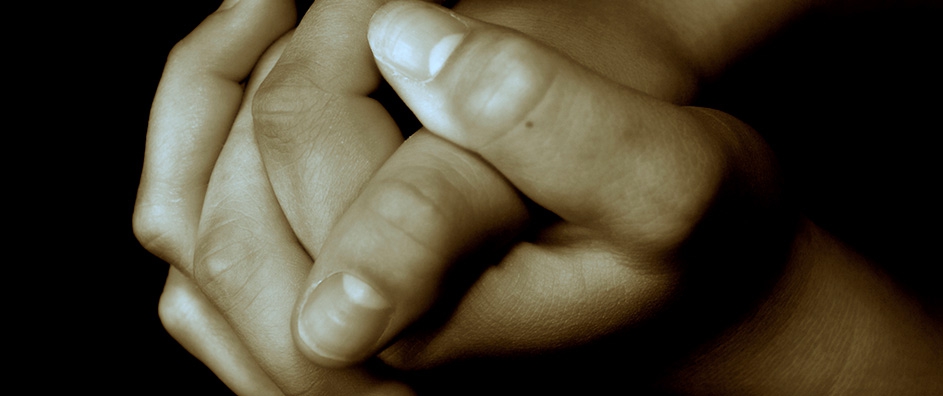
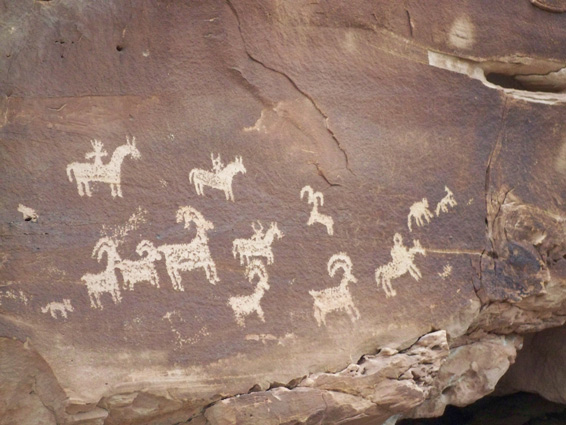


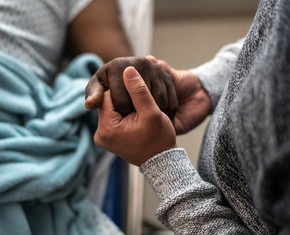


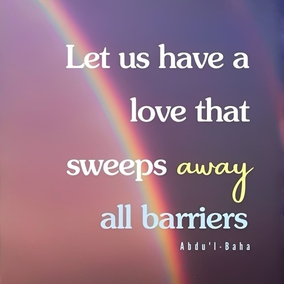

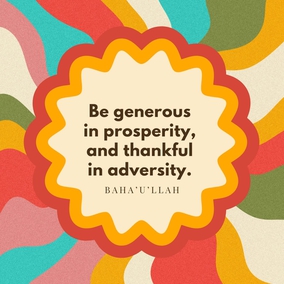

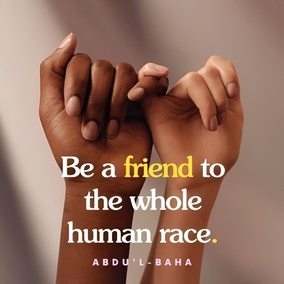

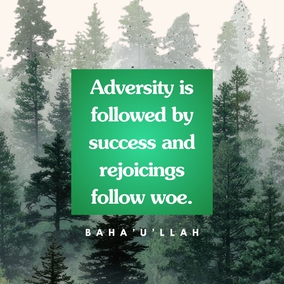

Comments
Sign in or create an account
Continue with Googleor